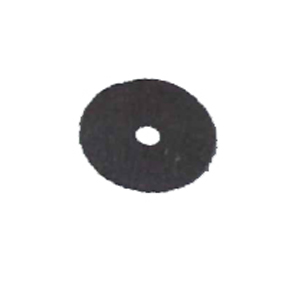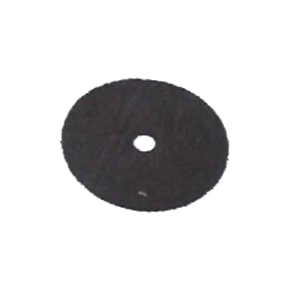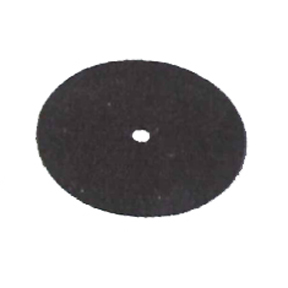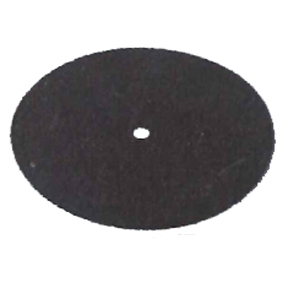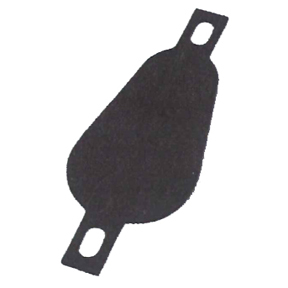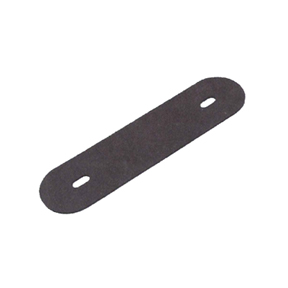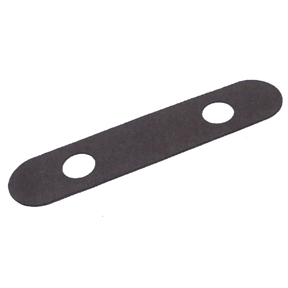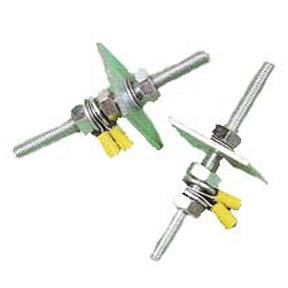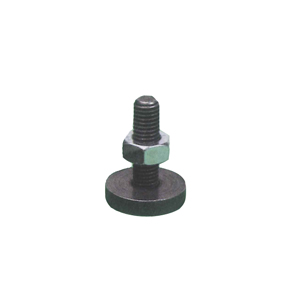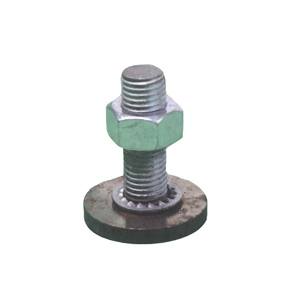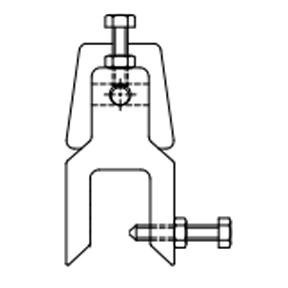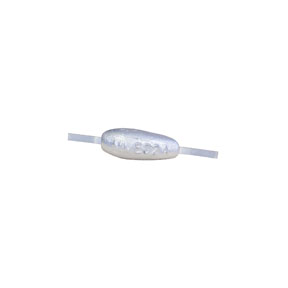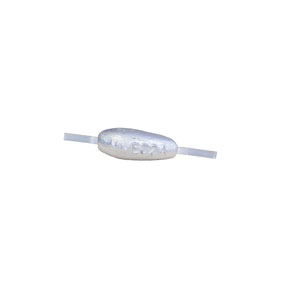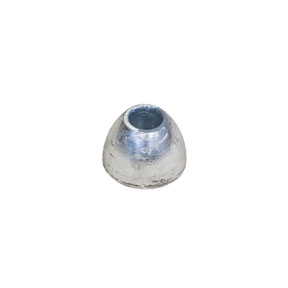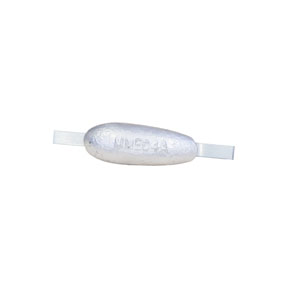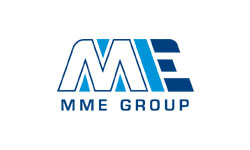Category
Price
One of the specialities of the MME group is corrosion control by means of cathodic protection. As steel is the most widely used material for marine structures such as ships, offshore platforms, undersea pipelines, and lock gates, some form of corrosion protection is necessary in order to ensure a reasonable lifetime for these investments. The MME anodes are produced in a dedicated 3000 sq. meter production facility that is fully owned by the MME Group. This foundry operates under an ISO 9001 certified quality management system. The objectives of this production unit are to produce a quality product at a competitive price and to be flexible enough to manufacture all sorts of specialities demanded by our clients.
Prices correct as of 30th November 2023. All prices are +VAT.
- MME Catalogue (3MB)
- MME Technical Drawings Booklet (16MB)
- Get Adobe Reader
Since MME started, more than 3,500,000 anodes have been supplied for the cathodic protection of ships, quay walls, jetties, lock gates, and offshore installations. The availability of more than 80 different types of standard anodes in zinc and aluminium alloys, and the facility to make moulds for specifically dimensioned, non-standard anodes, enables us to protect your investment to the optimum. The anodes are manufactured in area’s dedicated to zinc or aluminium, while they are swiftly and efficiently distributed from MME’s extensive warehouses in Rotterdam or directly from the foundry site in Faversham, Kent.
Sacrificial Anodes
MME owns a large foundry for the manufacturing of sacrificial anodes for the marine industry, offshore renewable energy industry, and civil engineering industry. With a uniquely flexible manufacturing process, and all disciplines from insert manufacturing, grit blasting, high-quality anode casting, and all quality control functions on one dedicated anode fabrication site, MME is able to comply with the strictest requirements for quality as well as short delivery terms. As MME has all cathodic protection disciplines and research facilities in one hand, our clients will always receive the best solution to their specific needs. “A Longer Life” is our mission, and it is put into practice by our dedicated staff.
Marine Protection
Traditionally, many vessels are fitted with sacrificial anodes for external hull protection. The steel of a structure will be protected from corrosion by installing a less noble material, in the form of anodes, to the structure. Logically, the material of which the anodes are made has to be less noble than the steel it needs to protect. To achieve this in a structurally and economically sound way, there are two alloys that are being used: zinc and aluminium.
To achieve the same protection of the internal construction of the vessel, mainly water ballast tanks, sacrificial anodes can also be used. However, due to the fact that tanks are inherently complex structures as well as being confined spaces, the use of anodes has to be well-engineered and the rules adhered to.
Using Zinc or Aluminium for Sacrificial Anodes
Traditionally, many companies prefer to use zinc instead of aluminium to make their anodes. It is advised that you use aluminium for the following reasons:
- Price of Anode Material – Due to the fact that the capacity of aluminium (2700 A hr/Kg) is almost three-and-a-half times higher than zinc (780 A hr/Kg), the total amount of required anode material (kg) is less. This results in a cheaper cathodic protection system to that given by zinc with an equal level of protection.
- Price of Installation – As the total weight of anode material for a system using aluminium is less than a system using zinc anodes, the installation costs for a system using aluminium anodes will also be less.
- Multi-Effective – In brackish water, aluminium anodes work more effectively than zinc, due to the higher driving voltage of aluminium.
- Environmental Pollution – Compared to aluminium alloys, zinc alloys contain more elements which are detrimental to the environment.
| Zinc Anode Ingredients | Range |
| Aluminium (AL) | 0.10% – 0.50% |
| Cadmium (Cd) | 0.025% – 0.070% |
| Copper (Cu) | 0.05% Max |
| Iron (Fe) | 0.005% Max |
| Lead (Pb) | 0.006% Max |
| Others | 0.10% |
| Zinc (Zn) | Balance |
| Nominal Electrical Capacity | 780 AmpHr/Kg |
| Nominal Open Circuit Potential | -1050 mV vs Ag/AgCI (Seawater) Reference Cell |
The copper, iron, and lead contents are usually less than 0.003% each.
| Aluminium Anode Ingredients | Range |
| Zinc (Zn) | 3.50% – 5.00% |
| Titanium (Ti) | 0.01% – 0.05% |
| Silicon (Si) | 0.05% – 0.20% |
| Bismuth (Bi) | 0.05% – 0.15% |
| Indium (In) | 0.02% – 0.05% |
| Copper (Cu) | 0.01% Max |
| Iron (Fe) | 0.15% Max |
| Others | 0.10% |
| Aluminium (AL) | Balance |
| Nominal Electrical Capacity | 2700 AmpHr/Kg |
| Nominal Open Circuit Potential | -1100 mV vs Ag/AgCI (Seawater) Reference Cell |
The copper and iron contents are usually less than 0.003% each.

